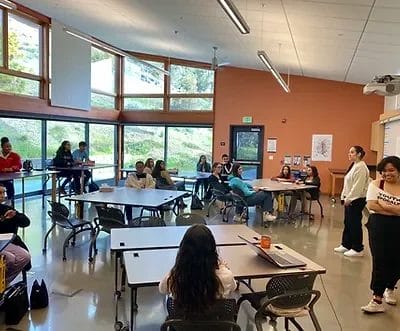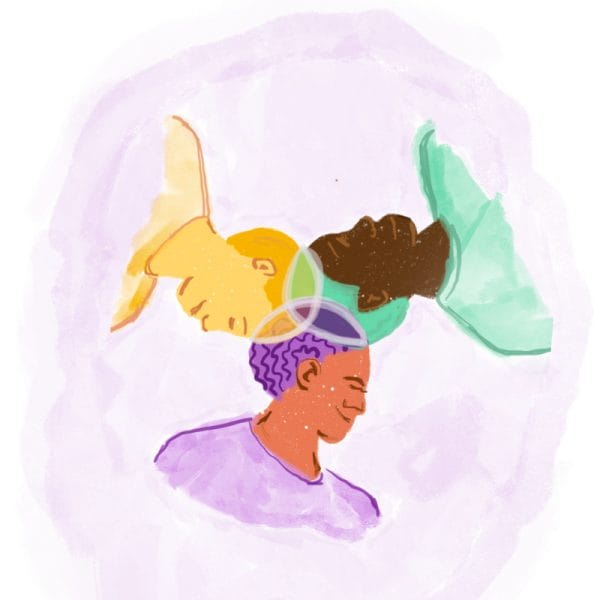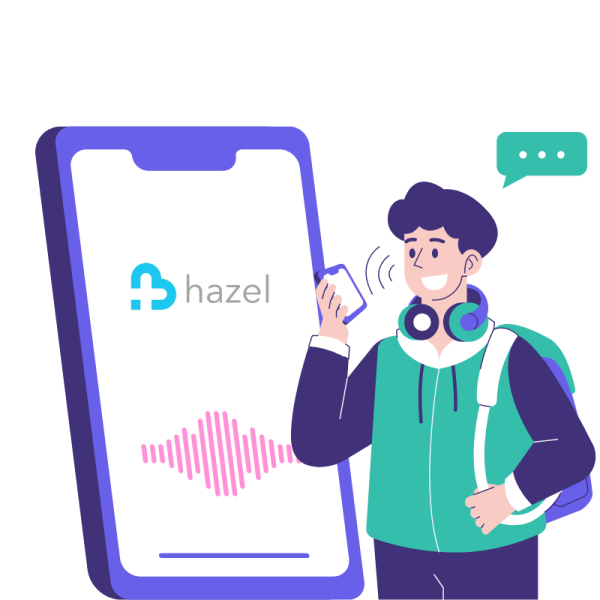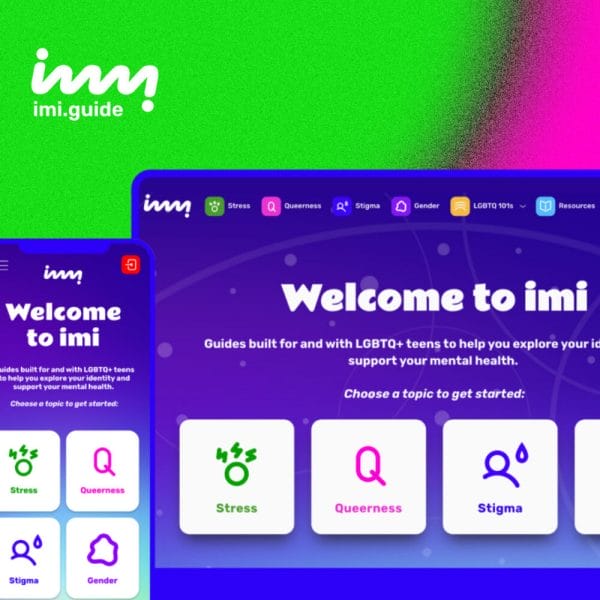Why This Matters
Climate Change and Anxiety
Young people are worried about climate change. A 2021 global study, conducted with 10,000 respondents (ages 16-25) in ten countries reported that they are “very or extremely worried” (59%) or at least “moderately worried” (84%) about climate change. Over 50% felt sad, anxious, angry, powerless, helpless, and guilty and 45% said their feelings about climate change negatively affected their daily life and functioning. 75% said that they think the future is frightening and 83% said that they think people have failed to take care of the planet.
And while the future may appear bleak, Gen Z-ers aren’t passively sitting back. Young people are activating and pushing for change.
Gen Z Climate Activism
Research from Pew, also conducted in 2021, shows that younger generations (Gen Z-ers and Millenials) have taken action in the past year to address climate change. 32% of Gen Z-ers and 28% of Millenials have donated money, volunteered, attended a rally or protest, or contacted an elected official in regard to climate activism. These generations are more likely to engage with climate change activism on social media platforms (45% of Gen Z and 40% of Millenial social media users).
Justice Burnout
Activism can promote connection, community, and even flourishing and purpose. Activism can also lead to burnout, anger, and poor mental health. We see these outcomes especially for youth of color and youth in other marginalized communities, due to increased exposure to stress, criticism, and discrimination. So, how might we support the resilience of teens and explore how technology might be of service to these goals?
What’s Next
What’s the Role Technology Might Play in Supporting Joyful Activism?
As we learn more and build our community of climate activists we’re exploring three big questions in the Fall of 2022.
- How might we support the psychological resilience of teens and young adults in the face of this ecological crisis?
2. How might we support sustainable, mental-health-promoting, and joyful activism despite the magnitude of the problem?
3. How might technology be in service of these goals?
Climate Community
We are also talking to experts in the field and would love to build our community more. If you’re interested in talking to us, please reach out to Julie Tinker.

We’re talking to Renee Lertzman a climate psychologist and creator of Project InSide Out an online platform for bringing together activists, and clinical psychologists to drive behavior change

We’re also talking to Hannah Estrada and Dulce Arias from Youth vs. Apocalypse an Oakland-based youth-led climate justice nonprofit focused on centering the voices of youth of color and working-class youth through social media platforms like YouTube.
Stay tuned! We’ll have more updates to share soon.







